Located in the picturesque landscapes of Hampden County, Massachusetts, lies the quaint village of Three Rivers, a hidden gem with a history as captivating as its natural beauty.
From its early days as a bustling industrial hub to its present-day status as a close-knit community, Three Rivers’ story unfolds like a tapestry of resilience, innovation, and tradition.
Founded in the 19th century, Three Rivers owes its name to the convergence of the Ware, Quaboag, and Chicopee Rivers. The village became a vital center of industry, producing textiles, paper, and other goods that fueled the region’s economy.
Join us on a journey through Three Rivers, Massachusetts history, as we delve into the stories of its pioneering settlers, hardworking mill workers, and vibrant community life.
From the rise of industry to the challenges of modernization, Three Rivers’ history offers a fascinating glimpse into the evolution of small-town America.
History of Three Rivers, Massachusetts
Three Rivers boasts a rich history intertwined with innovation, industry, and resilience.
While the town’s official incorporation may seem recent, its story stretches back centuries, revealing a fascinating journey of transformation. Let’s delve into the key threads that make up the tapestry of Three Rivers’ past:
Pre-Colonial Era
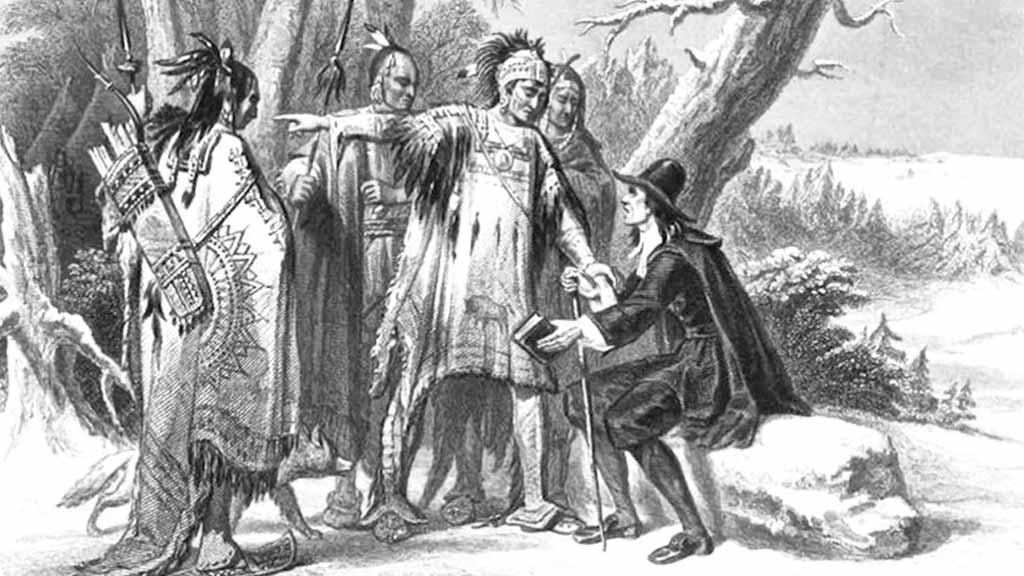
Long before European arrival, the land that is now Three Rivers was home to the Nipmuc tribe, an Algonquian people.
Skilled hunters and gatherers, they thrived for millennia, living in harmony with the abundant natural resources of the region.
Evidence of their presence can be found in archaeological sites scattered throughout the area.
Early European Settlement and the Town’s Namesake
The arrival of European settlers in the 17th century marked a turning point. The area initially fell under the jurisdiction of nearby towns like Palmer and Wilbraham.
The confluence of three rivers – the Quinebaug, Chicopee, and Ware Rivers – played a crucial role in shaping the landscape and ultimately, the town’s name.
These rivers served as vital transportation routes and sources of hydropower, laying the foundation for future development.
Industrial Boom and the Rise of Palmer Depot
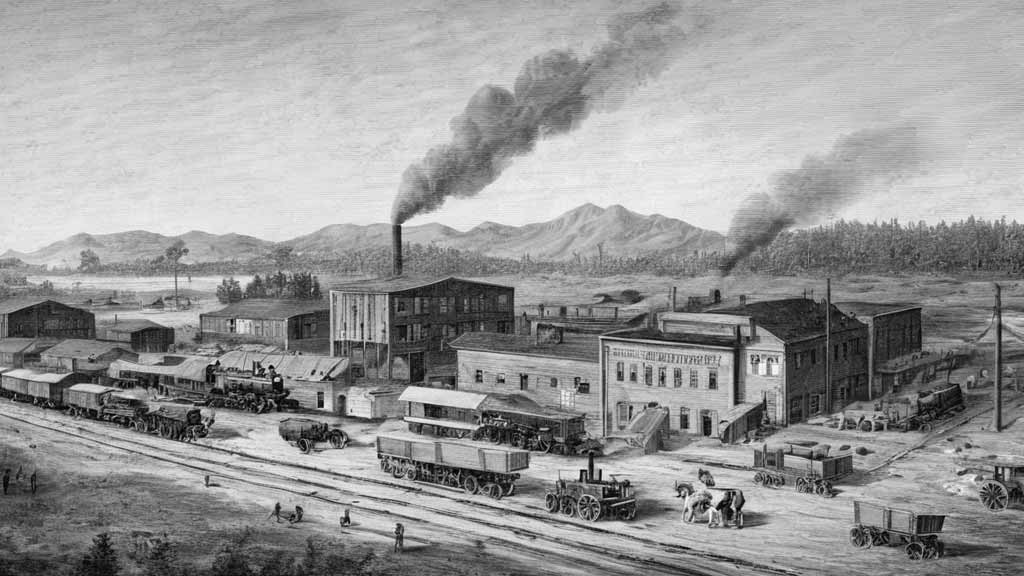
The 19th century witnessed a significant transformation for the region. The construction of the Boston & Albany Railroad in the 1840s brought a surge of development and economic opportunities.
A vital railroad stop emerged, aptly named “Palmer Depot,” due to its proximity to the larger town of Palmer. This depot became a bustling center for trade and industry, attracting businesses and workers.
The Birth of Three Rivers (1848) and the Rise of Manufacturing
In 1848, a significant milestone was reached – the official incorporation of the Town of Palmer Depot as “Three Rivers.”
This new town embraced its industrial identity. Numerous factories sprung up, producing a variety of goods, including textiles, cutlery, and tools. Workers flocked to Three Rivers, creating a vibrant and diverse community.
Challenges and Triumphs in the 20th Century
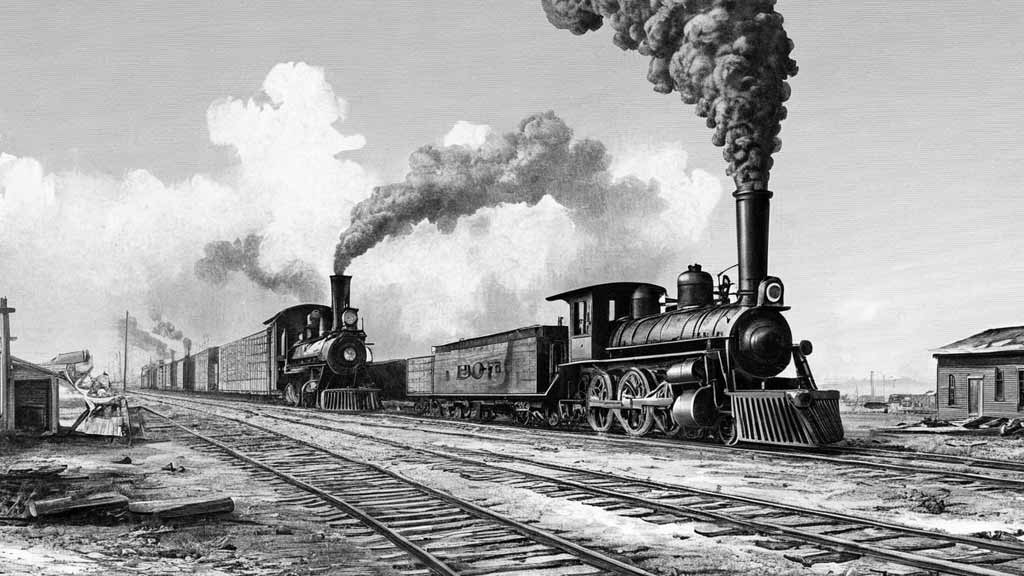
The 20th century brought both challenges and triumphs for Three Rivers. The decline of the railroad industry and the Great Depression impacted the town’s economy. However, Three Rivers demonstrated its resilience.
Residents adapted, embracing new industries and fostering a strong sense of community spirit.
The Later 20th Century
In the later 20th century, Three Rivers began to redefine its identity as the industrial era waned. The focus shifted towards fostering a balance between its industrial heritage and a commitment to sustainability and environmental conservation.
The natural beauty of the surrounding areas was increasingly valued, attracting residents seeking a peaceful and picturesque environment.
Today, Three Rivers offers a fascinating blend of its industrial past and a focus on a sustainable future. Historic buildings stand alongside modern developments, serving as reminders of the town’s evolution.
Numerous parks and recreational areas provide opportunities to connect with nature. Businesses catering to a variety of needs, from local farms to craft breweries, reflect the town’s diverse economy.
Three Rivers Knife Company

This iconic cutlery manufacturer, established in 1872, played a pivotal role in Three Rivers’ industrial development. Its legacy lives on through historical preservation efforts and a continued appreciation for craftsmanship.
Strike of 1916
In 1916, workers at the Three Rivers cutlery factories went on strike, demanding better wages and working conditions. This pivotal event highlights the struggles and triumphs of the town’s labor force.
The Commitment to Education
Three Rivers boasts a rich educational history. The imposing red brick structure known as the “Old High School,” built in 1890, is a testament to the town’s emphasis on education. Three Rivers, Massachusetts, is a town that has continuously evolved.
8 Notable Historic Places of Three Rivers Massachusetts
From industrial landmarks to sites of cultural significance, the following places provide a glimpse into Three River’s evolution over the centuries. Here are some of the notable historic places of Three Rivers:
Three Rivers Village Historic District
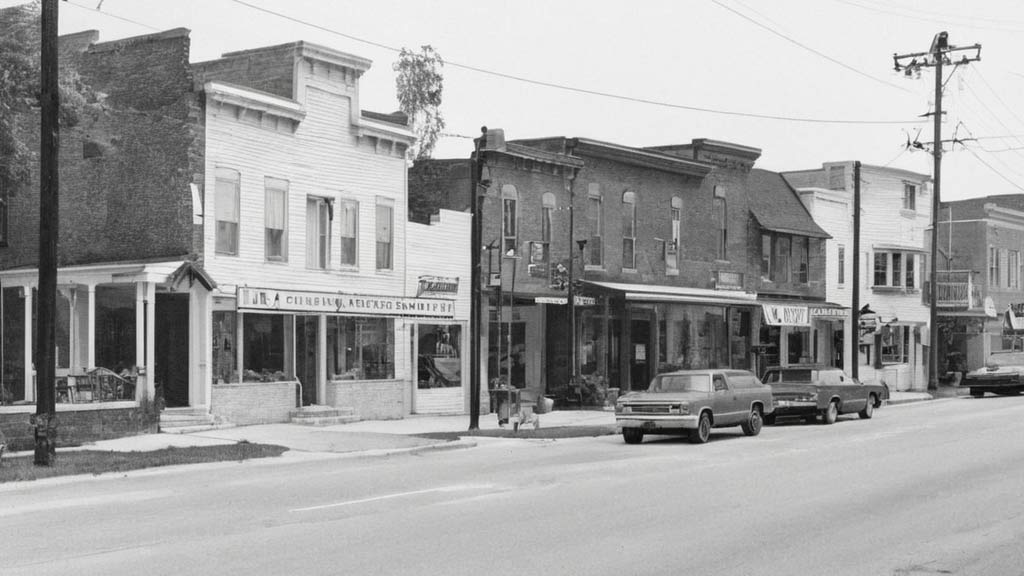
Designated as a historic district in 2004, this area encompasses the heart of Three Rivers and includes many well-preserved buildings dating back to the 19th and early 20th centuries.
The district features a mix of residential, commercial, and industrial structures, reflecting the village’s past as a thriving mill town. Visitors can stroll through the district and admire the architecture while learning about Three Rivers’ history.
Three Rivers Fire Station
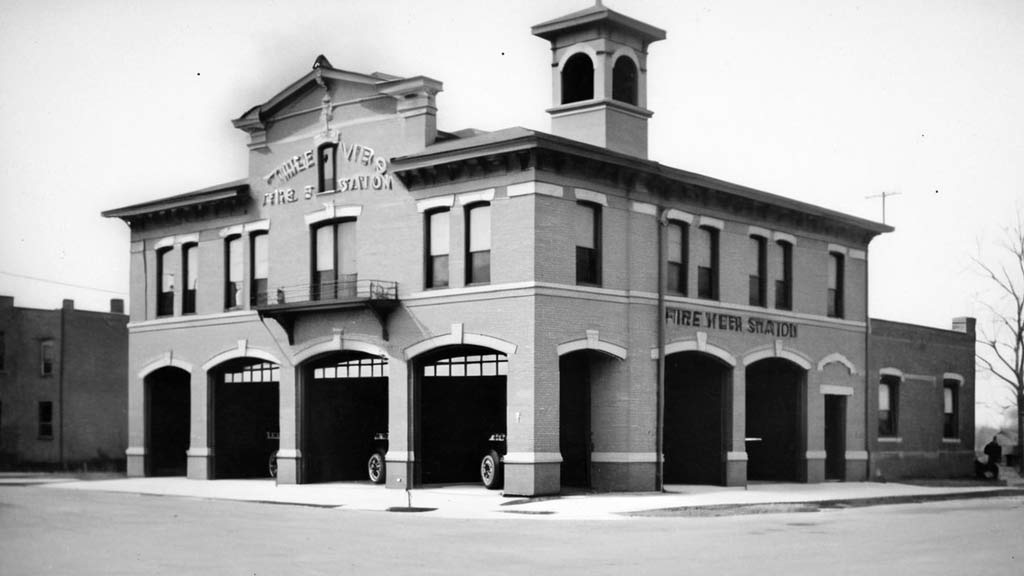
Built in 1900, the Three Rivers Fire Station is a historic landmark that served as the headquarters for the village’s fire department for many years.
The building is an excellent example of late 19th-century fire station architecture and is listed on the National Register of Historic Places.
Today, the station houses a museum dedicated to the history of firefighting in Three Rivers and the surrounding area.
Three Rivers Mill Complex
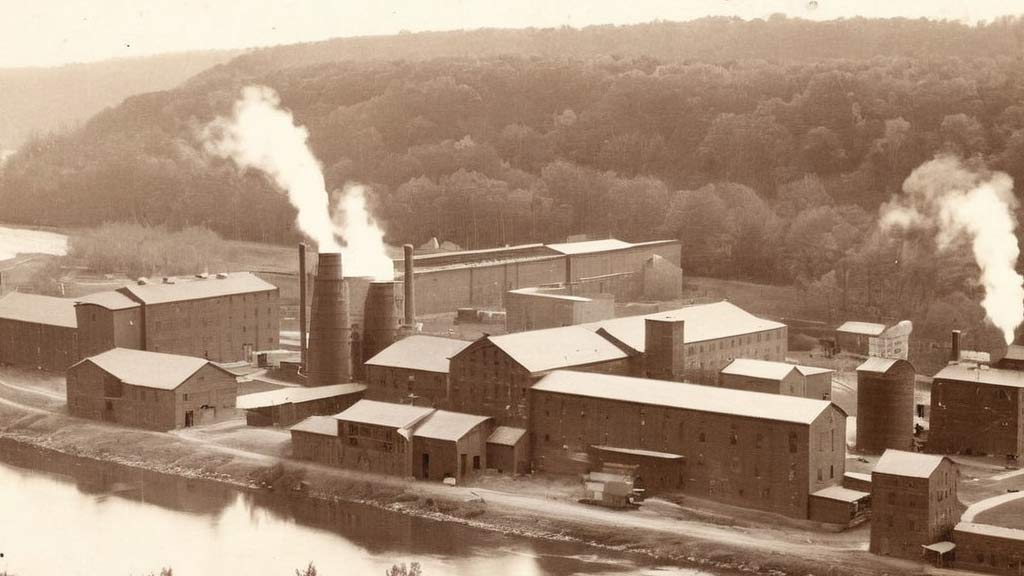
The Three Rivers Mill Complex is a group of historic mill buildings located along the Chicopee River.
Constructed in the late 19th and early 20th centuries, these buildings once housed textile mills and other industrial operations that played a vital role in the village’s economy.
While many of the mills have been repurposed for modern use, some still retain their original architectural features, serving as a reminder of Three Rivers’ industrial heritage.
Three Rivers Baptist Church
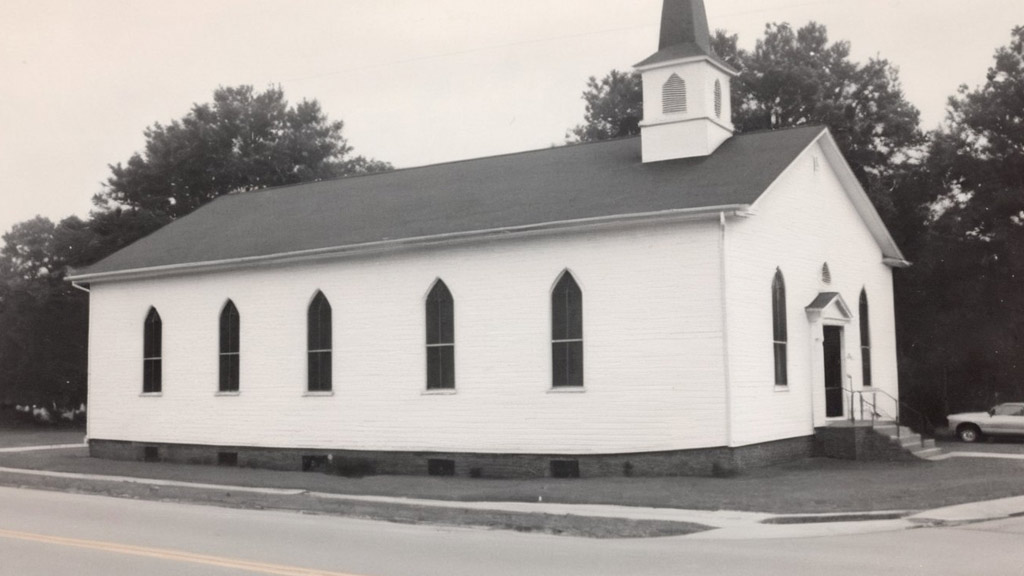
Established in 1819, the Three Rivers Baptist Church is one of the oldest religious institutions in the village.
The church building, constructed in 1850, is a fine example of Greek Revival architecture and is listed on the National Register of Historic Places. The church continues to hold regular services and plays an active role in the community.
Three Rivers Memorial Park
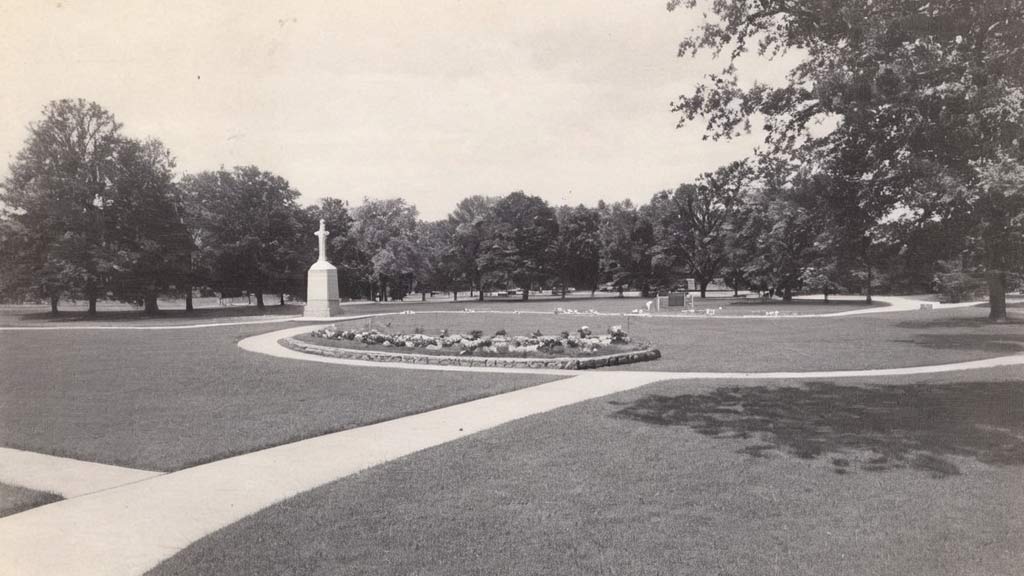
Dedicated to the memory of Three Rivers residents who served in the armed forces, Three Rivers Memorial Park is a peaceful green space located along the banks of the Chicopee River.
The park features monuments and plaques honoring veterans from various conflicts, as well as a gazebo and walking paths for visitors to enjoy.
Three Rivers Historical Society Museum
Housed in a former school building dating back to the early 20th century, the Three Rivers Historical Society Museum is a treasure trove of artifacts, photographs, and documents related to the village’s history.
The museum’s exhibits cover a wide range of topics, including the industrial era, local businesses, schools, and community life.
Visitors can explore the museum’s collections and learn about the people and events that shaped Three Rivers over the years.
Three Rivers Library
Originally established in 1894, the Three Rivers Library is one of the oldest public libraries in the region.
The current library building, constructed in 1906, is a beautiful example of Classical Revival architecture and is listed on the National Register of Historic Places.
The library continues to serve as a valuable resource for residents, offering a wide range of books, programs, and services.
Three Rivers Cemetery
Located on Main Street, the Three Rivers Cemetery is the final resting place of many early settlers and prominent figures from the village’s history.
The cemetery features a mix of historic gravestones and monuments, including elaborate Victorian-era markers and simple fieldstone slabs.
Visitors can wander among the graves and reflect on the lives of those who helped shape Three Rivers into the community it is today.
FAQs
What is the origin of the name “Three Rivers” in Three Rivers, Massachusetts?
The name “Three Rivers” derives from the convergence of three rivers in the area: the Ware, Quaboag, and Chicopee Rivers. This geographical feature played a significant role in the village’s early development and economy.
What industries were prominent in Three Rivers, Massachusetts, during its early history?
Three Rivers was primarily known for its textile mills, which utilized the waterpower provided by the rivers to produce textiles such as cotton and wool. Other industries included paper manufacturing, sawmills, and gristmills.
Is Three Rivers, Massachusetts, still an industrial center today?
While Three Rivers was once a bustling industrial hub, many of its mills have since closed or been repurposed. Today, the village is primarily residential, with some commercial and light industrial activity.
Are there any notable events or festivals held in Three Rivers, Massachusetts?
Yes, Three Rivers hosts several events throughout the year, including the Three Rivers Festival, which celebrates the village’s heritage with live music, food vendors, and family-friendly activities. The Three Rivers Fireworks Display is a popular event held annually in July.
What are some popular recreational activities in Three Rivers, Massachusetts?
Residents and visitors can enjoy outdoor activities such as hiking, biking, and fishing along the nearby rivers and trails.
The Three Rivers Greenway offers scenic walking paths and picnic areas, while the Chicopee Memorial State Park provides opportunities for swimming, boating, and camping.
Conclusion
The history of Three Rivers, Massachusetts, serves as a testament to the resilience and ingenuity of its residents throughout the centuries.
From its origins as an industrial powerhouse fueled by the convergence of three rivers to its evolution into a close-knit community, Three Rivers has navigated the ebbs and flows of change with determination and grace.
As we reflect on Three Rivers’ rich history, we are reminded of the importance of preserving and honoring the legacy of those who came before us.
The stories of its pioneers, mill workers, and community leaders serve as a source of inspiration and pride for current and future generations.
As we bid farewell to this exploration of Three Rivers’ past, let us carry forward the lessons learned from its history and continue to cherish and celebrate its unique character. May Three Rivers’ legacy endure for generations to come.
Jaclyn Lowe